Varieties and use of construction sand
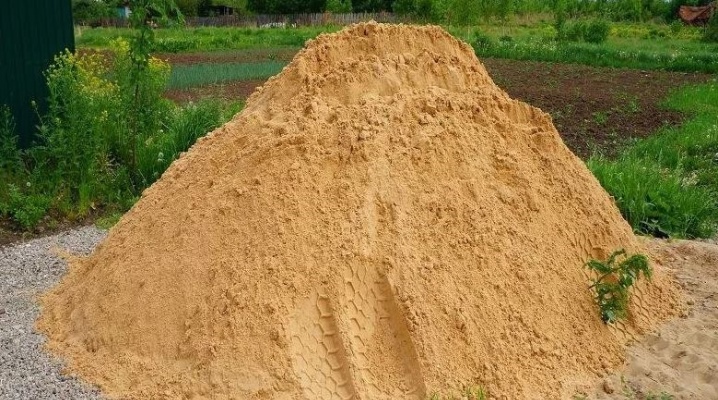
Sand Is a popular building material that is actively used in the construction industry. However, not every person knows that there are a large number of types of sand, each of which is used for different purposes. Today in our article we will talk in more detail about the distinctive characteristics and features of the building material.
Composition and characteristics
First of all, you need to keep in mind the fact that if you plan to use sand in construction, then must ensure that the material meets all requirements (they are detailed in the current GOST). Before buying material, be sure to ask the seller to demonstrate all the the documents (for example, a certificate of conformity). The most important indicator is such as specific gravity. He plays a significant role in the process of creating a variety of building compounds and mixtures. To calculate the specific gravity, it is necessary to determine the ratio of the weight and volume of dry sand.
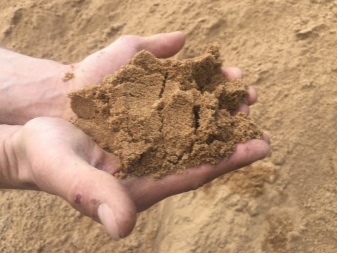

Specific gravity largely depends on characteristics such as place of origin, density, grain size, moisture percentage, and others.... If we talk about a specific indicator, then the specific gravity of a building material usually corresponds to a coefficient of 2.55-2.65 units. In addition to the specific gravity, the bulk density is also important. This takes into account the weight of both the sand itself and all the available impurities. The average bulk density is 1500-1800 kg.

Another important characteristic is density... The compaction coefficient depends on what percentage is the clay of the total composition. Humidity is also important. If the material is clean and does not include additional unwanted impurities, then its density level will be 1,300 kg per m3. As for the composition, then it is important to consider the chemical, mineral and particle size properties. It is important to read the relevant tables.
- For example, the chemical properties of sand affect its color. If the material contains a variety of oxidized metal compounds, then the natural material can acquire orange and red hues. On the other hand, if aluminum particles are found in the composition, then the sand will be blue or even blue. Generally speaking, if the color of the material is very different from its natural color, then it is unsuitable for use in construction.
- Depending on the mineral components, the sand can be limestone, feldspar, quartz or dolomite. Quartz material is considered to be the highest quality and durable.
- In order to determine the particle size (or grain size) composition, it is necessary to sift the material through a specially designed sieve, the holes of which are about 0.5 cm.

To evaluate the properties of sand, a so-called trial (or test) batch of 50 kg is purchased. In this case, be sure to pay attention to the technical conditions for storing the material.
Species overview
Depending on the method of extracting sand, several types of natural material are distinguished (ordinary, black, gray, etc.). Let's consider the main ones.
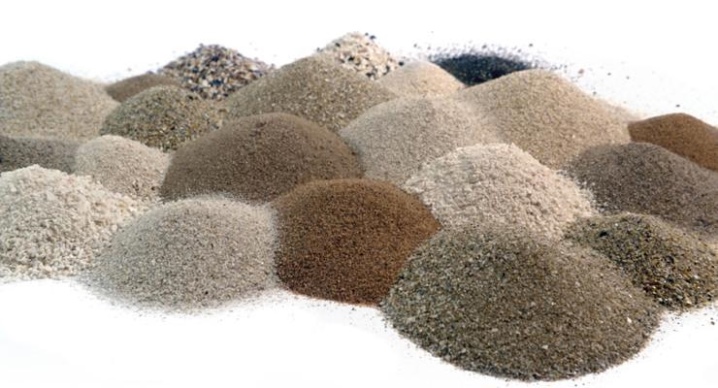
River
As you might guess from the title of this material, it is mined from the bottom of the rivers. It should be borne in mind that the composition of river sand includes stones, but clay is completely absent. Due to this composition, river sand is an important component of almost all concrete mixtures. As for the fractional division, river sand belongs to the middle category.
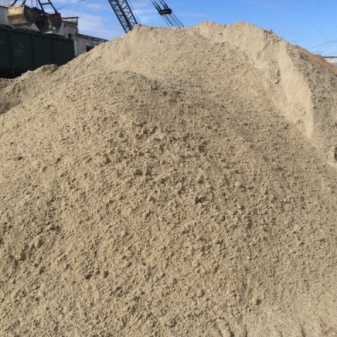
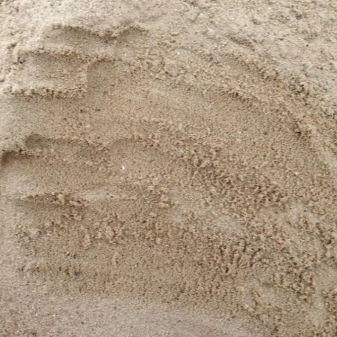
Career
A distinctive feature of the material that mined from quarries - this is the presence of a large number of various impurities (for example, clay, plants, organic residues, etc.). Due to the fact that the composition of the quarry material includes fractions of different sizes, the sand is very dusty. In order to clean the quarry sand, use water or a sieve.
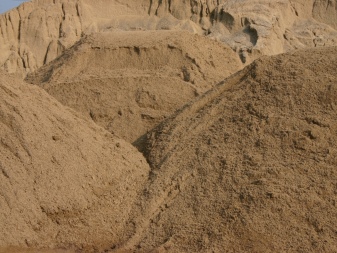
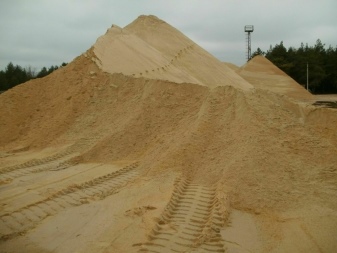
Artificial
Despite the fact that most of the sand belongs to the category of natural materials, on the construction market you can find and artificial varieties. To obtain them, a wide variety of complex techniques are used, for example, the separation of rocks into small fractions. Artificial sand comes in several varieties.
- Expanded clay artificial sand - This is a material that is obtained through the processing of raw materials (techniques such as crushing, foaming, thermal methods, etc. are used). Due to the fact that no additional chemical components are used for processing raw materials, it is an environmentally friendly material that does not harm the user. The fractions that make up the sand are porous in structure. The distinctive characteristics of the material also include properties such as durability and resistance to water.

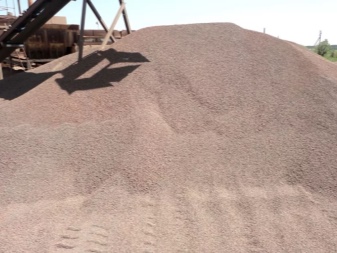
- Perlite sand is obtained by heating the volcanic rock to extremely high temperatures, namely up to 1150 degrees Celsius. During the heating process, the pearlite increases significantly in size. The distinctive properties of sand include its high-quality thermal insulation properties. Perlite sand is often used as insulation. In the process of using the material, it should be borne in mind that it generates a large amount of unwanted dust.
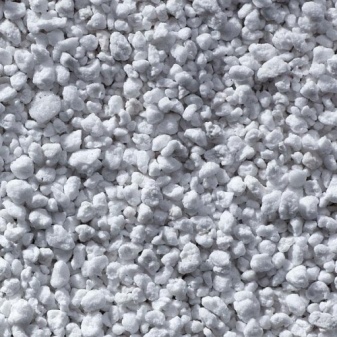

- Marble sand is formed in the process of friction between pieces of natural marble, the size of the fractions of such material does not exceed 0.3 cm. This type of sand has a fairly high price and is used for a variety of purposes.

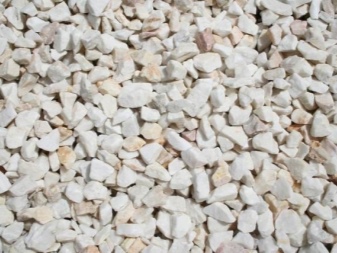
- Main characteristic slag sand Is its porosity. This is due to the fact that this material is made from industrial waste. Accordingly, almost everyone can purchase slag sand (which is possible due to the low price). It should be borne in mind that such sand has low resistance to moisture.
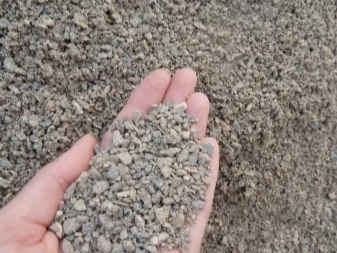

Nautical
According to its properties and characteristics, sea sand is similar to river sand. However, for the price it is much more expensive. The high price of the material is due to a rather complex mining method. However, thanks to such a complex procedure, the result is a material without which the construction industry cannot fully function. According to its fractional composition, sea sand is homogeneous.


Thus, today there are a large number of types of sand. Each of them differs in their physical and chemical characteristics, as well as areas of use. When choosing a material, it is very important to take these properties and characteristics into account in order to select the most optimal material for your purposes.
Grades and fractions
In the process of selecting and purchasing sand for construction purposes, it is very it is important to pay attention to characteristics such as the grade of the material and its fraction... So, the fraction indicator is determined depending on the size of those particles that are part of the material. There are such classes:
- very small - up to 0.5 mm;
- medium size sand - in the range from 0.5 to 2 mm;
- coarse material - from 2 to 5 mm.

As for the brands, there are several of them:
- M300 - sedimentary rocks;
- M400 - rocks of the metamorphic type;
- М800 - igneous deposits.
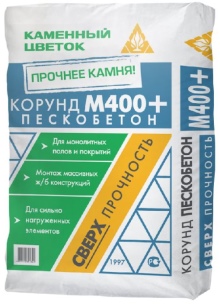
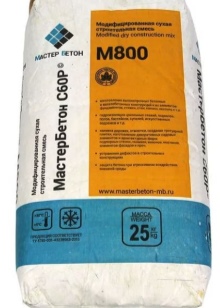
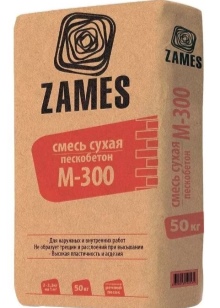
The sand can be sold both in packaged and in bulk state.
How is it checked?
As mentioned above, the building material must meet a number of stringent requirements. The conformity of the material to certain properties and characteristics is checked during specially designed tests. All of them are regulated by official documents and GOSTs.
- Determination of the composition of grains. In order to correctly assess the composition of the sand (to determine the properties of its fractions), the material is sieved through a sieve specially designed for this purpose. After all the sand has been sifted, but especially large particles remain in the sieve, they are measured and weighed. In this way, the average grain size is determined.
- Determination of the presence or absence of impurities. In order to assess the level of purity of the sand, experts select the viscous particles of the material from its total volume.
- Calculation of the amount of clay and dust. To make such calculations, the method of varying the weight after soaking the fractions is traditionally used. In some cases, so-called pipette and photoelectric methods can also be used.
- Determination of the presence of organic matter. The composition of building sand quite often includes various substances of a humic nature. In order to understand how many of these components are present in the composition of the material, experts began to carry out a comparative analysis. To do this, the sand itself is painted with ethanol, and then the resulting mixture is compared with the coloring of the alkaline solution.
- In relation to the sand that is mined by processing various rocks, the method of analyzing the amount of minerals in the composition is used. For these purposes, devices such as a binocular loupe or a microscope are used.
- For a clear determination of the density index, a pycnometric method is used.
- An important step in assessing the quality of sand is determining the presence or absence of voids between grains, as well as calculating an indicator such as bulk density. For these purposes, use specific measuring glassware.
- In order to analyze the moisture content of the sand, compare the material in its natural state, as well as the sand in the state of the material dried in a special cabinet.
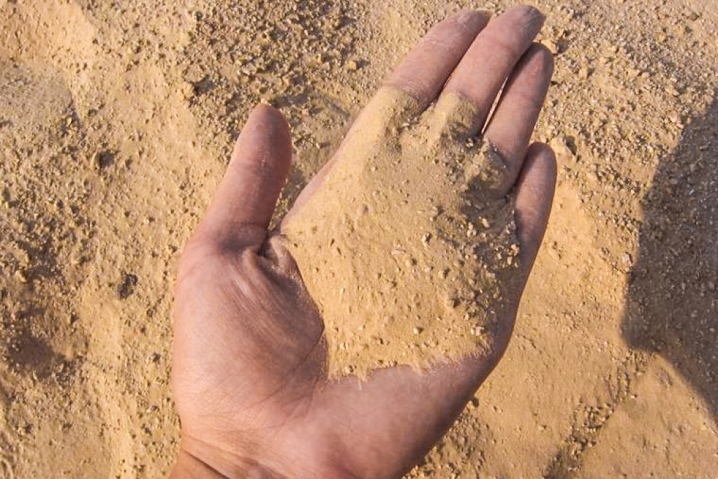
It is important to note the fact that in order for the results of experiments, experiments and tests to be as close to reality as possible, all these tasks are carried out by experienced and highly qualified specialists in modern laboratories.
Where is it used?
The scope of application of construction sand is very wide. So, it is used in:
- the process of making concrete mixtures and mortars;
- the process of making bricks;
- during the preparation of a mixture such as asphalt concrete;
- all kinds of construction work;
- road construction;
- the process of finishing work;
- the course of creating plaster and folding mixtures;
- the process of constructing drainage systems, etc.
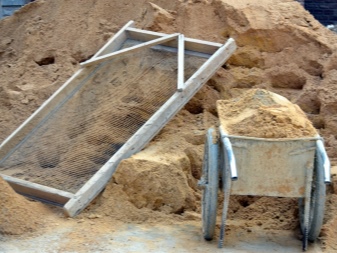
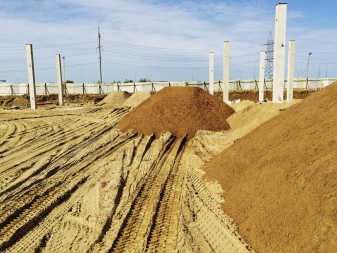
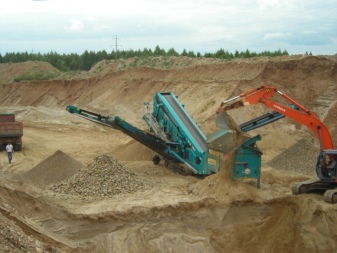
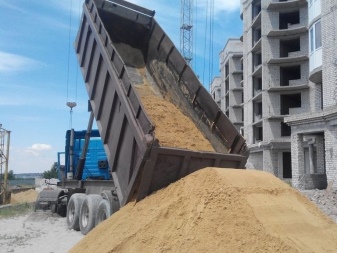
It is recommended to store the material in bags. At the same time, it is important to take care of the environmental conditions in which the building material is stored and used.
For information on how to choose construction sand, see the next video.













The comment was sent successfully.